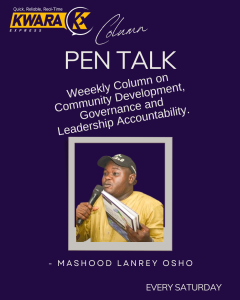Nigerians on Band A feeders may face another electricity tariff increase due to the rising subsidy shortfall
The Federal Government’s subsidy payment rose from N102.30 billion in May to N181.63 billion in September, driven primarily by the foreign exchange crisis. This significant surge has sparked concerns among stakeholders and consumers.
In April, the Nigerian Electricity Regulatory Commission (NERC) removed subsidies for Band A customers, raising tariffs to N225/kWh. The tariff dropped to N206.80/kWh in May but increased to N209/kWh in July. This volatility has created uncertainty among electricity consumers.
Minister of Power Adebayo Adelabu expressed concerns over Discos rejecting power supply, citing a 5,000MW generation peak reduced by 1,400MW due to Discos’ inability to take supply. This rejection has significant implications for the stability of the national grid.
The key factors contributing to the tariff hike include the foreign exchange crisis, inflation rates, and gas prices. These factors have consistently impacted the cost of power generation and distribution. This development may lead to increased electricity bills, economic hardship, and potential grid collapse.
The Nigerian Electricity Regulatory Commission (NERC) has been working to address the challenges facing the sector. However, the persistent subsidy shortfall poses significant challenges to the commission’s efforts.
As the government considers its next steps, consumers and stakeholders await a decision on the tariff hike. The timing of such a hike would be particularly challenging, given the current economic climate.
Will the government approve another tariff hike amidst economic hardship?













